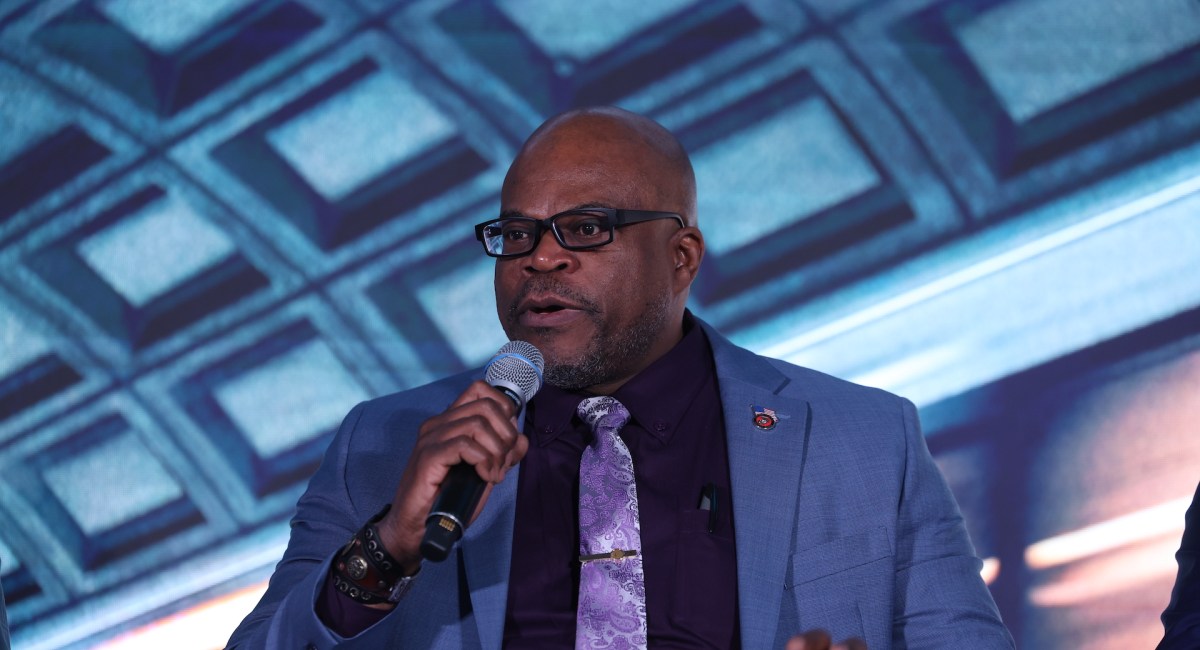Lack of understanding holding back military AI adoption, leaders say

The U.S. military services face no shortage of challenges in adopting artificial intelligence to drive better mission outcomes — and one of the biggest things holding them back is that their personnel really don’t understand what AI is and what it can do for them, a panel of senior officials said Tuesday.
“It’s not that people are afraid of the technology — they just don’t understand how the technology can work for them,” Colin Crosby, data leader for the U.S. Marine Corps, said at the UiPath on Tour Public Sector event, produced by FedScoop. “And until we can communicate that more effectively to the organization, to individuals, then you’re going to find some challenges.”
Crosby’s point was one echoed by his colleagues on the panel representing the Navy, Coast Guard and Defense Logistics Agency, who said they too struggled with accurately presenting the realities of AI in the military context.
“We need to demystify AI,” DLA Chief Information Officer Adarryl Roberts said. With so much hype and excitement placed around the technology, it’s often made out to be some “monolithic unicorn,” when in reality, it’s “just another tool that’s a force multiplier,” he added.
But by demystifying AI, officials can make it “simple enough” for the wider military workforce to understand how it works and what it can be used for, said Roberts.
Capt. Dan Rogers, deputy chief data and AI officer for the U.S. Coast Guard, said the best way to open the eyes of military personnel to what AI truly is, is by giving them a small taste to get them hooked.
“I think the best way to demystify is to give people samples,” Rogers explained, saying it’s no different than a Chick-fil-A sample or a Lay’s potato chip. “You’re going to want the whole bag once you start tasting these things.”
It is those people who become early adopters and then become advocates to spread the adoption of AI organically.
“The organic movement is actually a much more effective way of selling this organizationally than having somebody come in and talk in these kind of nebulous [terms] like, ‘We need the data for the enterprise to make better decisions,'” Rogers said. “I mean, duh, but what’s that mean?”



